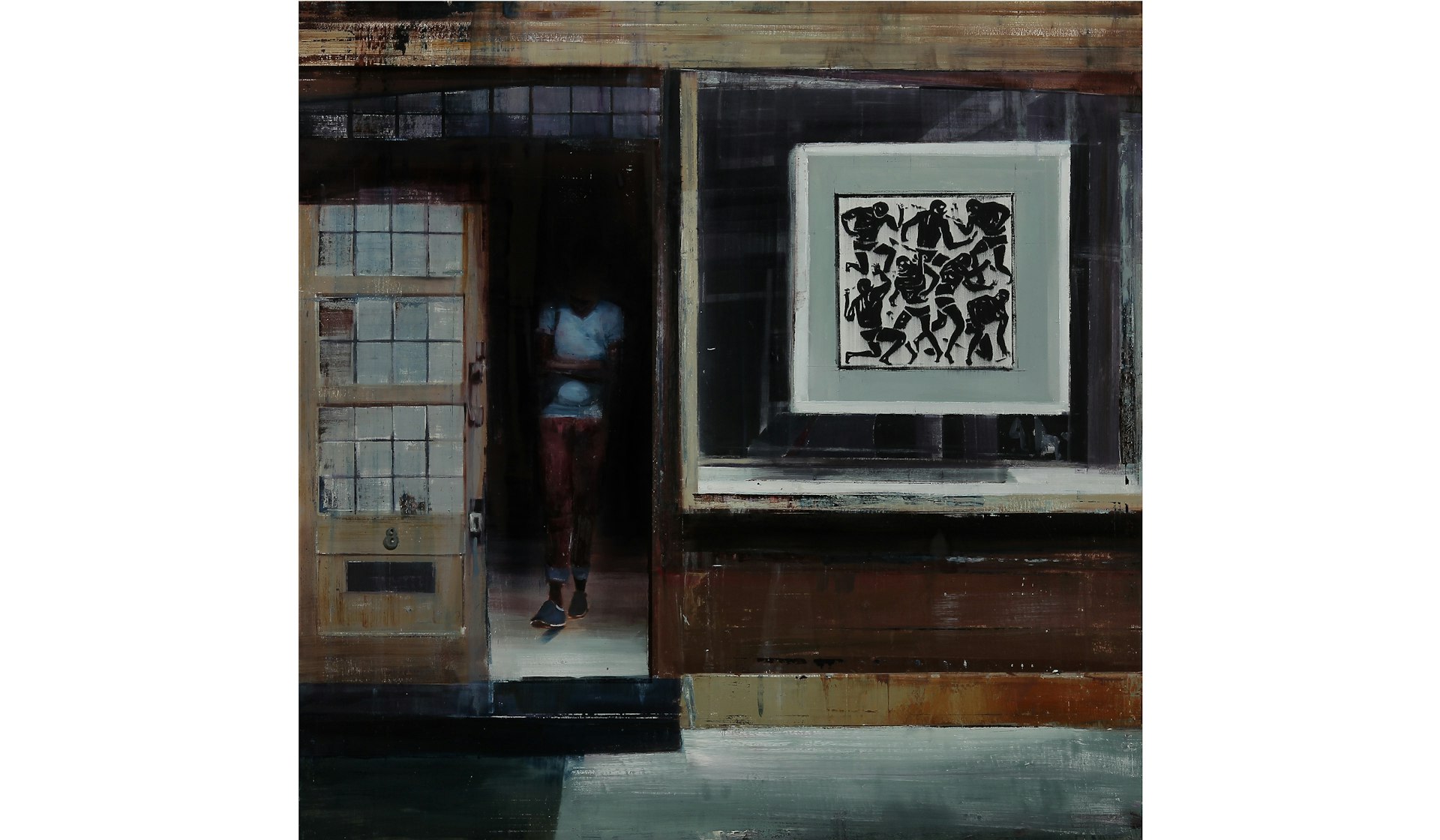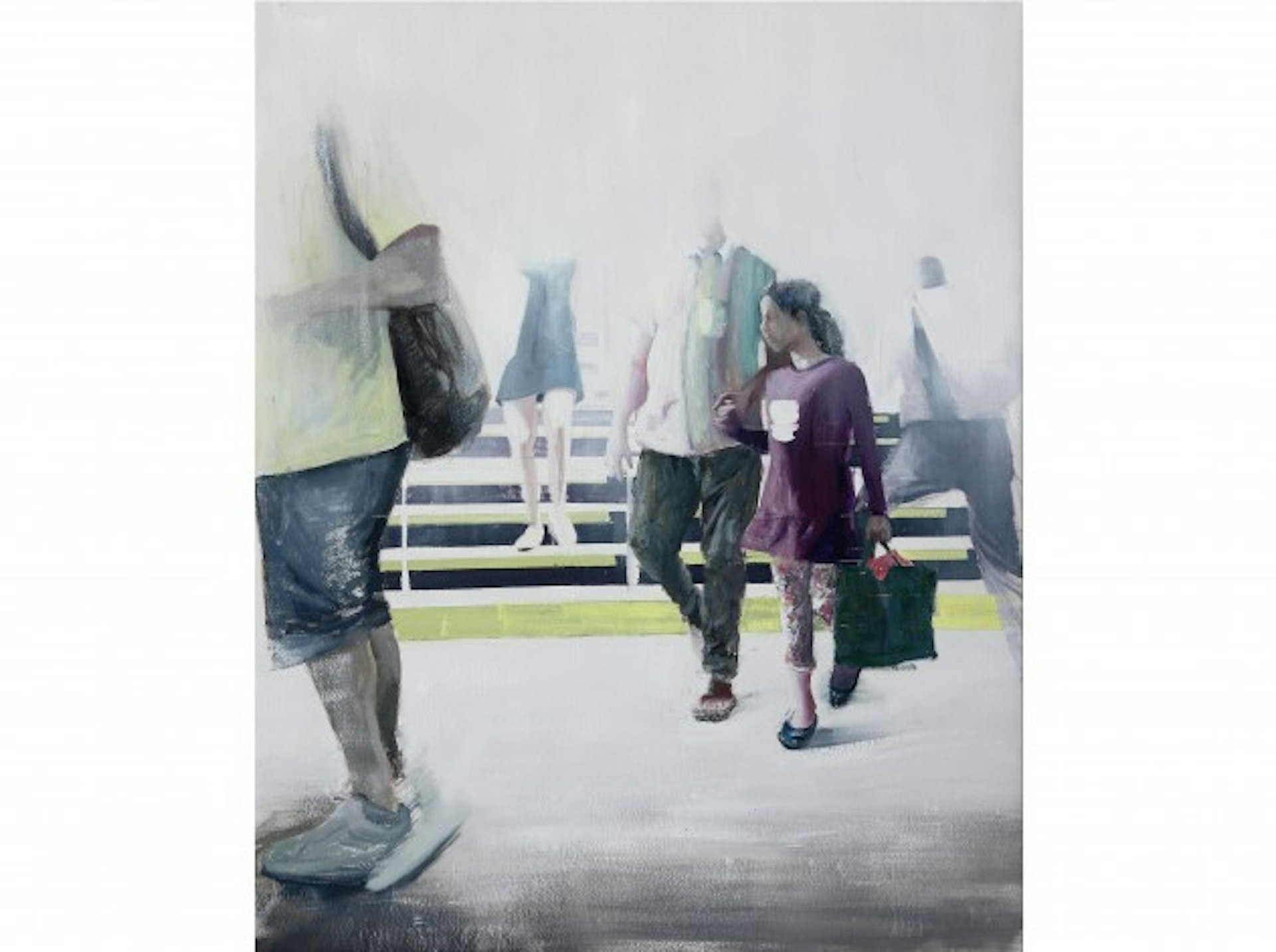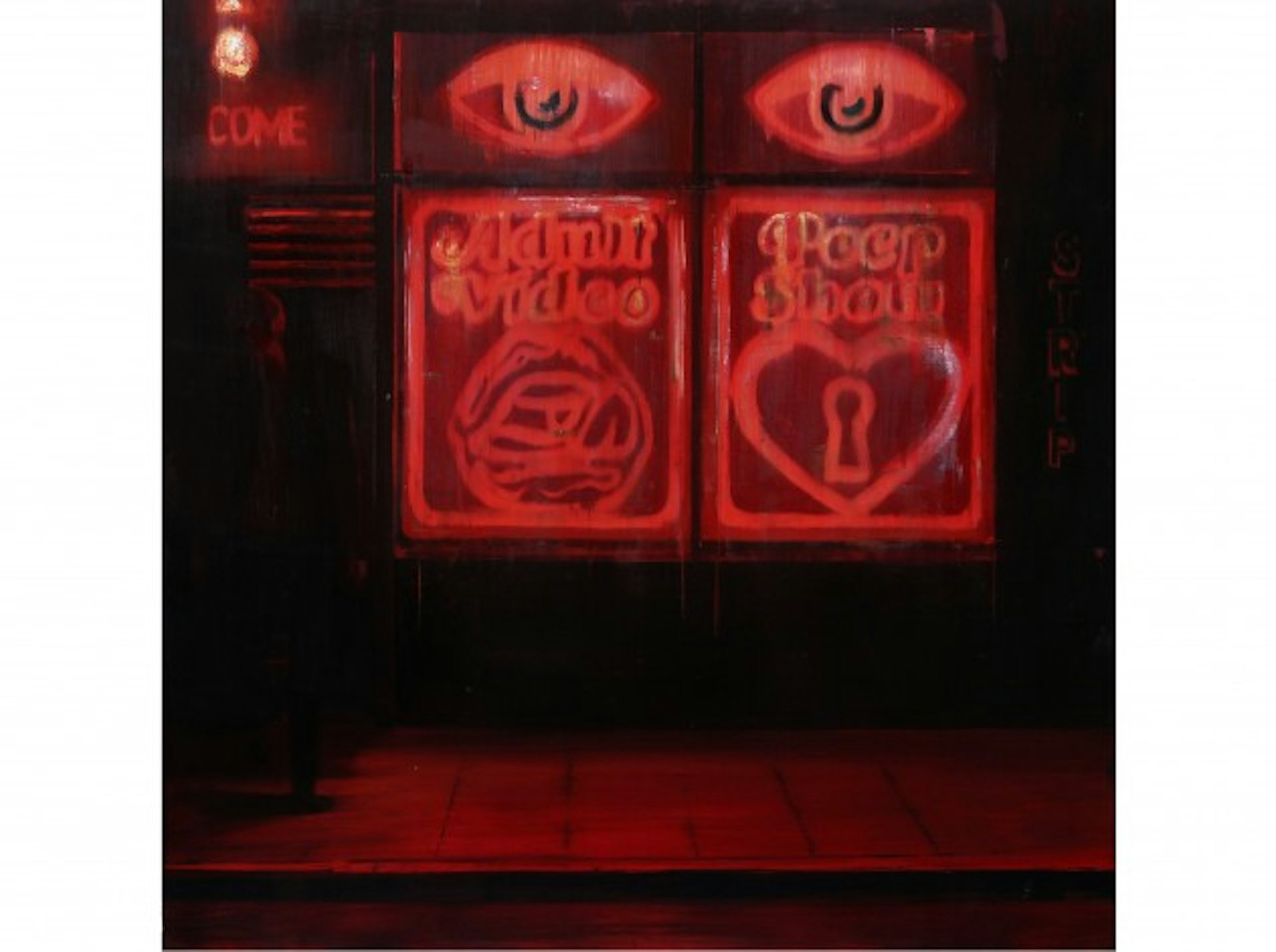Brett Amory
- Text by Alex King
- Illustrations by Brett Amory

Bay Area artist Brett Amory has an uncanny ability to capture the intimacy of sprawling urban life. With Twenty-Four, Brett is getting under the skin of his favourite cities by documenting spots that hold a special resonance. Using social media to gather suggestions, he gives himself a month to find places that most embody the city’s identity.
“It’s weird at first. I ask people and get places that are obvious, but the more I do it… it’s like peeling back an onion and getting to the deeper layers,” explains Brett. “You discover really cool places. By the time I leave, I’m starting to find the core stuff that I want to document, but I usually run out of time.”
The project began in his home town of San Francisco then moved on to New York, where he focused on sights on the verge of disappearing. In London, Brett “wanted the places to be more meaningful“, so he sought out spots that boast a rich social history. His favourite discovery was Ridley Road market – one of the oldest in East London. “Just because of the realness,” he says. “There’s almost a vulnerability with the merchants just selling their product.”
With each stop in the series – whether he’s in sunny LA or sunless London – Brett breaks down the city’s identity into twenty-four fragments, assigning an hour of the day to each place. He then films and photographs the location throughout its assigned hour, and then paints his arresting canvasses from those images. Over time, installation has played an increasing role in the project. “The people I’m painting evoke a certain feeling and mood,“ he says. “I want to capture that and I want that feeling to transcend my painting. I think of installations as just really elaborate frames around the paintings that give the viewer more to chew on.“
Could you explain the concept behind the project?
Twenty-Four in London is a continuation of my Waiting series. I started in San Francisco, moved on to New York and now London. I plan to go to Los Angeles next. The idea is to go to a city and spend a month there to document it. There are 24 hours in the day, so each of the 24 places is assigned its own unique hour which helps make up a complete day in the city.

8-9am Bethnal Green Tube Station by Brett Amory
How do you chose the places to document?
I do a social media post before I go to the city, saying “I’ll be in London for a month documenting 24 places. If you know of a place that deserves recognition, please let me know.” That gets the people that follow my work involved before I arrive. Once I get to the city I rent a place for a month, get a bicycle and a transport card. Then I reach out to the people I know in the city and I ask them to recommend places that they feel are iconic or important to local people, but not touristy.
I do my own research: I get on my bike and go check these places out and take pictures. Once I find a place that I think that might fit well with the series, I’ll go and get it at different times of the day to see what time is appropriate for that place, because every place has its special period. Then I eventually go about the process of assigning a specific hour to each location.

11-12pm La Bodega Negra by Brett Amory
In what ways do you attempt to document each location?
I set up a video camera in front of the place and I shoot for an hour. At the same time I take pictures with my phone and I collect ephemera in the area, like on Brick Lane I collected all of the discarded metal laughing gas canisters that are scattered everywhere. Eventually, I paint canvases from the photos.
How do you attempt to create and immersive experience for the viewer?
When the viewer walks into the gallery, it’s more than just having paintings on the wall. They see the video, the found objects, they see the installation and the photography. Hopefully they walk away with an experience. It gives them more than just seeing paintings on the wall in a normal gallery setting. It’s more of an experience for the viewer. I hope they leave and think about it afterwords, like you do with a good movie.

12-1am The Blind Beggar by Brett Amory
Why do you feel it’s important to try to create such a realistic representation of each place?
I’ve actually stepped away from realism. My work has always been about a feeling. The people I’m painting evoke a certain feeling and a mood. When I see these people in the street they have the feeling. There’s a certain emotion I get when I see them and I want to capture that. I want that feeling to transcend my painting. I start out with a realistic approach and I break it down abstractedly. The more I paint, the better I’m getting at capturing that feeling with less.
Twenty-Four in London opens at Lazarides Rathbone Gallery, London today and runs until April 3, 2014.
Latest on Huck

This erotic zine dismantles LGBTQ+ respectability politics
Zine Scene — Created by Megan Wallace and Jack Rowe, PULP is a new print publication that embraces the diverse and messy, yet pleasurable multitudes that sex and desire can take.
Written by: Isaac Muk

As Tbilisi’s famed nightclubs reawaken, a murky future awaits
Spaces Between the Beats — Since Georgia’s ruling party suspended plans for EU accession, protests have continued in the capital, with nightclubs shutting in solidarity. Victor Swezey reported on their New Year’s Eve reopening, finding a mix of anxiety, catharsis and defiance.
Written by: Victor Swezey

Los Angeles is burning: Rick Castro on fleeing his home once again
Braver New World — In 2020, the photographer fled the Bobcat Fire in San Bernardino to his East Hollywood home, sparking the inspiration for an unsettling photo series. Now, while preparing for its exhibition, he has had to leave once again, returning to the mountains.
Written by: Miss Rosen

Ghais Guevara: “Rap is a pinnacle of our culture”
What Made Me — In our new series, we ask artists and rebels about the forces and experiences that have shaped who they are. First up, Philadelphian rap experimentalist Ghais Guevara.
Written by: Ghais Guevara

Gaza Biennale comes to London in ICA protest
Art and action — The global project, which presents the work of over 60 Palestinian artists, will be on view outside the art institution in protest of an exhibition funded by Bloomberg Philanthropies.
Written by: Cyna Mirzai

Ragnar Axelsson’s thawing vision of Arctic life
At the Edge of the World — For over four decades, the Icelandic photographer has been journeying to the tip of the earth and documenting its communities. A new exhibition dives into his archive.
Written by: Cyna Mirzai